Fluid couplings are critical components in power transmission systems, providing smooth torque transfer, overload protection, and vibration damping. They are unique from other types of couplings as they utilize a working fluid to transmit power. Read More…
Our shaft couplings are the best around! Not only do we provide you with exceptional levels of customer service but we also provide you with manufacturing and a repair service that you can count on. We are also capable of providing you with special designs. That’s right! Our design team will work closely with you in order to ensure that you are getting the product that will fit your specific...

At Coupling Corporation of America, we devote ourselves to engineering shaft couplings that deliver exceptional precision, durability, and performance for complex motion control and power transmission applications. We design each coupling to accommodate the unique torque, misalignment, vibration, and speed demands of our customers’ equipment, ensuring smooth, efficient operation even under...

Ruland’s carefully made shaft collars, rigid shaft couplings & zero backlash motion control flexible shaft couplings, including beam, Oldham & bellows couplings, are available in both inch & full-metric dimensions. Our line has expanded to include metric shaft collars, metric rigid couplings & step bore rigid couplings. For 70 years, we have supplied custom-made products to meet special needs.
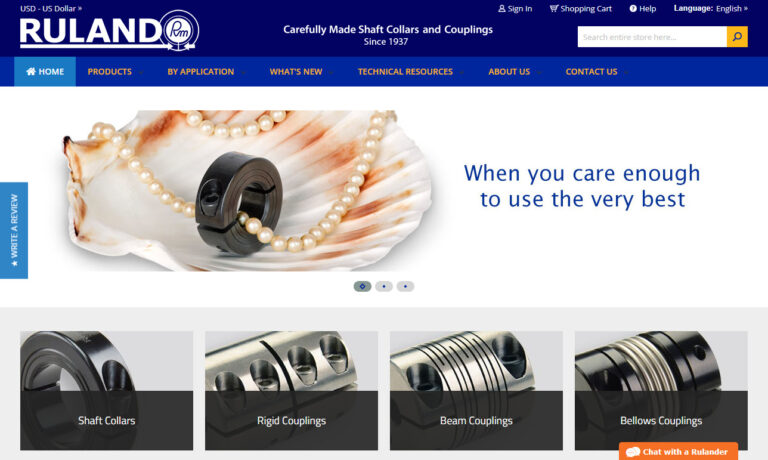
Founded in Buffalo, NY in 1946, Power Drives, Inc. (PDI) designs and manufactures custom-engineered hose and tube assemblies for original equipment manufacturers (OEM), and engineered systems for locomotives and other mobile equipment. PDI also distributes a wide range of hydraulic, pneumatic and electromechanical components for fluid conveyance, motion control and power transmission applications ...

More Fluid Coupling Manufacturers
Components of Fluid Couplings
Fluid couplings are essential mechanical devices for smooth and efficient power transmission between shafts in a wide range of industrial and automotive applications. All fluid couplings share a set of fundamental components, each contributing to their ability to transmit torque and manage speed variations. Understanding these components is crucial for those looking to invest in or maintain high-performance drivetrain systems for industrial machinery, automotive transmissions, or heavy-duty equipment.
- Housing (Casing): The outer shell, usually made from robust materials such as steel or cast iron, encloses the internal components and contains the working fluid. The housing is typically bolted to the engine flywheel or directly to the driven machine for secure installation.
- Impeller (Pump): Connected to the input (driving) shaft, the impeller rotates with the engine or motor. It is responsible for accelerating the working fluid (usually oil or a specialized hydraulic fluid) and directing it toward the turbine.
- Turbine (Runner): Attached to the output (driven) shaft, the turbine receives the kinetic energy from the moving fluid, causing it to spin and transmit torque to the driven machine.
- Working Fluid: The medium—commonly oil or hydraulic fluid—that transfers energy between the impeller and turbine. The properties and quality of the working fluid directly impact the efficiency, lifespan, and performance of the fluid coupling.
These critical components work together to facilitate seamless torque transmission, reduce mechanical shock loads, and ensure consistent operation in diverse environments—from high-torque mining equipment to precision industrial automation systems.
Component Differences among Fluid Coupling Variations
While the basic elements of fluid couplings remain consistent, several specialized variations exist to address specific performance needs across industries. Selecting the correct type of fluid coupling—whether for heavy-duty industrial drives, variable speed applications, or automotive transmissions—depends on the unique configuration and features of each design.
- Torque Converters: A specialized form of fluid coupling, torque converters are most commonly found in automotive automatic transmissions and certain industrial drives. They include an additional stator—a stationary blade assembly positioned between the impeller and turbine. The stator redirects the returning fluid, multiplying torque and increasing speed capacity. This enables smooth gear shifts, improved acceleration, and enhanced fuel efficiency in vehicles and heavy machinery.
- Constant-Fill Fluid Couplings: Used in applications like conveyors, crushers, and fans, these couplings feature primary and secondary wheels that maintain a continuous circulation of the working fluid. This design ensures uninterrupted power transmission and constant torque transfer, making them ideal for steady-load industrial processes.
- Variable-Fill and Variable-Speed Fluid Couplings: These advanced couplings incorporate guide vanes or adjustable fill-control mechanisms. By altering the angle or position of the vanes, users can precisely regulate the fluid flow, achieving variable speed control and torque adjustment. This is especially valuable in processes requiring frequent speed variation, such as mixers, pumps, and certain manufacturing lines.
Understanding the distinctions among these fluid coupling types is vital when specifying a solution for your application. Factors such as load characteristics, operational environment, and maintenance requirements will influence whether a torque converter, constant-fill, or variable-speed fluid coupling is the best fit for your needs.
Materials Used for Fluid Couplings
The choice of materials in fluid coupling construction significantly impacts performance, durability, and suitability for various industrial or vehicular applications. Manufacturers select materials based on factors like load capacity, environmental exposure, weight limitations, and the need for corrosion or abrasion resistance.
- Steel: Renowned for its high tensile strength and resistance to fatigue, steel is the preferred material for heavy-duty fluid couplings used in mining, power generation, and large-scale manufacturing. Steel couplings offer excellent durability, even in demanding environments with high shock loads or abrasive particles.
- Aluminum: Lightweight yet strong, aluminum couplings are ideal for small motor applications, robotics, or systems where minimizing the overall weight is a priority. They also offer moderate corrosion resistance, making them suitable for certain marine or mobile applications.
- Cast Iron: Cast iron fluid couplings strike a balance between cost, strength, and machinability. They are commonly used in pumps, fans, compressors, and moderate to heavy-duty industrial applications where reliability and affordability are essential.
- Specialty Alloys and Coatings: In environments with extreme temperatures, aggressive chemicals, or where additional wear resistance is needed, manufacturers may employ specialty alloys or protective coatings to extend the lifespan of the coupling and its internal components.
Choosing the right material ensures your fluid coupling will deliver optimal performance, safety, and return on investment in your specific application. For help with material selection, contact a fluid coupling manufacturer or consult engineering resources to compare product specifications and industry standards.
Considerations Regarding Fluid Couplings
When evaluating fluid couplings for purchase or integration into your power transmission system, several important considerations can influence your decision and the long-term reliability of your installation:
- Heat Generation: Fluid couplings inherently generate heat during operation due to fluid friction. Excessive heat can reduce efficiency and potentially damage internal components. This risk can be mitigated by incorporating a cooling system—such as an oil cooler or heat exchanger—to maintain optimal operating temperatures in high-load or continuous-duty environments.
- Working Fluid Maintenance: The condition of the working fluid is crucial for efficient torque transfer. Over time, fluid can degrade, become contaminated, or lose viscosity, necessitating regular monitoring, filtering, and replacement. Neglecting fluid maintenance may result in reduced performance, slippage, or premature wear.
- Start-Up Torque and Slip: Fluid couplings allow for controlled slip between input and output shafts, which is beneficial for soft starts and overload protection. However, excessive slip can lead to energy losses or overheating if not properly managed through correct coupling sizing and selection.
- Installation and Alignment: Proper alignment between driving and driven shafts ensures smooth operation and reduces vibration. Misalignment can cause undue wear, noise, and even coupling failure.
- Environmental Factors: Exposure to dust, moisture, corrosive agents, or extreme temperatures may dictate the need for specific materials, seals, or protective coatings to ensure longevity and maintain performance in harsh conditions.
Are you wondering, how do I size and select a fluid coupling for my application? Or, what maintenance schedule should I follow for my fluid couplings? Explore our FAQ section or connect with leading manufacturers for expert guidance tailored to your operational requirements.
Benefits of Fluid Couplings
Fluid couplings deliver a wide array of operational, protective, and economic advantages in mechanical power transmission systems. Their unique ability to provide smooth, reliable, and flexible torque transfer makes them indispensable components in many industrial and automotive environments. Below, we outline the principal benefits, with an emphasis on features that affect procurement decisions and system optimization:
- Smooth Torque Transfer: By utilizing hydraulic principles, fluid couplings eliminate mechanical contact between input and output shafts during torque transmission. This results in soft starts, controlled acceleration, and the minimization of shock loads—protecting motors, gearboxes, and connected machinery from sudden stresses.
- Overload Protection: Fluid couplings act as a mechanical fuse; they allow a degree of slip under overload conditions, absorbing excess torque and preventing downstream equipment damage during jams, blockages, or sudden load changes.
- Vibration Damping and Noise Reduction: The inherent damping characteristics of the working fluid reduce torsional vibrations and oscillations, contributing to quieter operation and prolonged equipment life, especially in high-speed or variable-load applications.
- Automatic Compensation for Load Variations: Fluid couplings accommodate fluctuations in load and speed, making them ideal for applications with frequent starts, stops, or variations in process demand.
- Reduced Maintenance: Most fluid couplings are self-lubricating, minimizing the need for frequent greasing or oiling. This translates to lower maintenance costs and reduced downtime compared to mechanical clutches or gear couplings.
- Energy Efficiency: By allowing slip only when necessary and transmitting power efficiently under load, fluid couplings can improve overall drive system efficiency. Variable-fill models further optimize energy use in systems with fluctuating demands.
- Compact and Lightweight Design: Fluid couplings offer a compact power transmission solution, which is especially advantageous where installation space is limited or weight reduction is a design priority.
- Enhanced Safety: By reducing the risk of mechanical failure and minimizing direct shaft coupling, fluid couplings contribute to safer workplace environments and lower the likelihood of catastrophic breakdowns.
Considering upgrading your drive system? What are the main advantages of fluid couplings compared to mechanical clutches? Compare coupling technologies or request a consultation to identify the best solution for your application.
Applications of Fluid Couplings
Thanks to their versatility, fluid couplings are found in a vast array of industries and applications where controlled, efficient power transmission is required. Here are some of the most common and highest-value use cases for fluid couplings:
- Automotive Industry: Fluid couplings, especially torque converters, are integral to automatic transmission systems in passenger cars, trucks, and buses. They enable smooth gear changes, improved fuel efficiency, and enhanced driving comfort.
- Mining and Quarrying: Used in conveyors, crushers, bucket elevators, and draglines, fluid couplings provide reliable, shock-free power transmission in environments subject to heavy loads, dust, and vibration.
- Marine Propulsion: Marine fluid couplings are utilized in ship propulsion systems, winches, and auxiliary drives. Their ability to allow controlled slip ensures smooth engagement and precise speed control for vessels of all sizes.
- Power Generation: In power plants, fluid couplings connect motors to pumps, fans, turbines, and generators. Their soft-start capability helps protect sensitive equipment during start-up and load changes.
- Cement, Steel, and Manufacturing: Industrial manufacturing facilities employ fluid couplings in mixers, mills, conveyor belts, extruders, and rolling mills to ensure consistent speed regulation, overload protection, and minimal downtime.
- Water and Wastewater Treatment: Pumps and fans in treatment plants often use fluid couplings to allow gradual acceleration, reduce water hammer, and protect against overloads caused by blockages or surges.
- HVAC Systems: Large air-handling units, cooling towers, and industrial fans use fluid couplings to optimize energy efficiency and minimize mechanical wear during frequent start-stop cycles.
- Renewable Energy: Wind turbines and hydroelectric generators may incorporate fluid couplings to manage speed fluctuations, absorb torque peaks, and ensure smooth transmission of renewable power to the grid.
Are you searching for, what is the best fluid coupling for conveyor systems? Or do you need to specify a fluid coupling for a marine propulsion application? Explore our application-specific guides or contact trusted suppliers for tailored recommendations and product selection support.
Key Decision Factors When Purchasing Fluid Couplings
Choosing the right fluid coupling involves evaluating several critical factors to ensure compatibility, reliability, and cost-effectiveness for your operation. Consider the following when researching or purchasing fluid couplings:
- Application Requirements: Define your system’s torque, speed, and power specifications. Consider whether you need constant or variable speed operation, and if soft start or overload protection is a necessity.
- Load Profile: Analyze the typical and peak loads, start frequency, and any potential for shock loading or cyclic operation.
- Environmental Conditions: Factor in temperature extremes, exposure to chemicals, dust, or humidity, and select materials and seals accordingly.
- Maintenance Capabilities: Assess how often you can inspect and service the coupling. For remote or hard-to-access installations, prioritize low-maintenance or self-lubricating models.
- Integration and Compatibility: Ensure the selected fluid coupling matches your shaft size, mounting style, and aligns with the rest of your drive system, such as motors, gearboxes, or pulleys.
- Budget and Lifecycle Costs: Compare initial purchase price with expected maintenance, downtime, and energy costs over the life of the equipment.
- Supplier Support and Customization: Work with reputable fluid coupling manufacturers that offer engineering support, custom sizing, or special coatings/materials as needed.
How do I compare different fluid coupling brands and models? Use our comparison tools or request quotes from multiple suppliers to make an informed decision for your business.
Choosing the Correct Fluid Couplings Manufacturer
To ensure optimal performance and value, selecting a reputable and experienced fluid couplings manufacturer is critical. Our comprehensive directory of fluid coupling suppliers enables you to efficiently compare companies, products, and services. Each manufacturer’s profile page highlights their core competencies, industry experience, product range, and certifications, helping you quickly identify those best suited to your needs.
- Visit each business profile to review capabilities, technical support offerings, and application expertise.
- Use our patented website previewer for a fast overview of each manufacturer’s specialties and product lines.
- Leverage our streamlined RFQ (Request for Quote) form to contact multiple fluid coupling companies simultaneously, saving time and effort in your procurement process.
- Evaluate supplier responsiveness, willingness to customize, lead times, and after-sales support to ensure a successful partnership.
Ready to start your search? Which fluid coupling manufacturer is best for my industry? Contact top suppliers or browse our fluid coupling manufacturer directory to get expert advice, request quotes, and compare solutions for your next project.
Frequently Asked Questions About Fluid Couplings
- What maintenance does a fluid coupling require? Regular checks on working fluid quality, periodic inspection for leaks or wear, and maintaining correct alignment are key. Some models require scheduled fluid changes or filter replacements.
- How do I determine the correct size for my application? Manufacturers provide sizing charts and calculators based on input power, speed, and torque requirements. Consulting with a supplier or using online configuration tools is highly recommended.
- Can fluid couplings be customized for special applications? Yes, many manufacturers offer custom designs, specialty materials, and tailored solutions for unique environmental or performance needs.
- Are fluid couplings energy efficient? Modern designs, especially variable-fill models, can significantly enhance energy efficiency, particularly in systems with varying loads.
- Where can I find technical support or installation guides? Our resource center features installation manuals, troubleshooting guides, and technical documents to assist you at every stage.
Still have questions about fluid couplings, their applications, or purchase options? Contact leading fluid coupling manufacturers today for expert advice, detailed product catalogs, and personalized support.





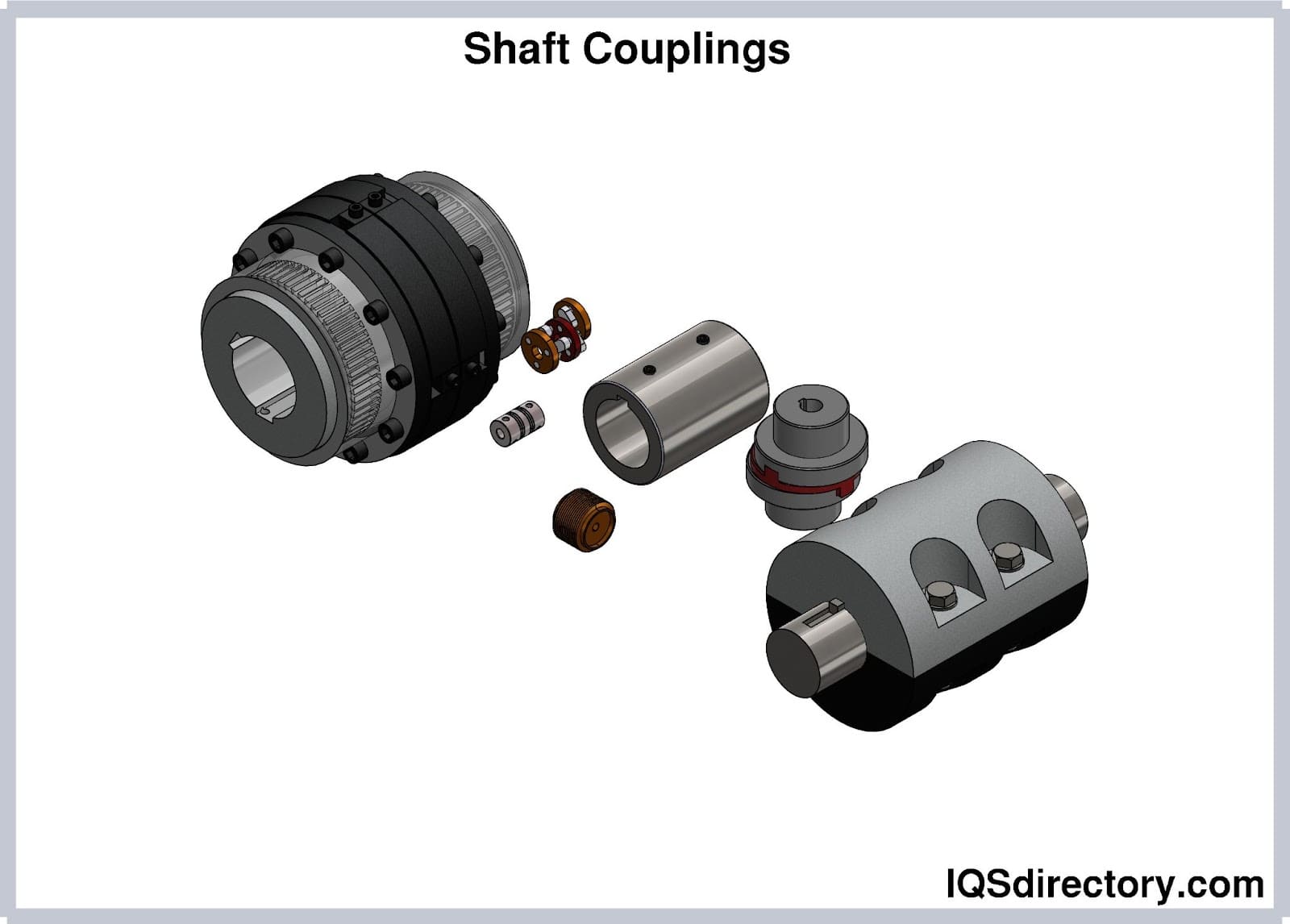

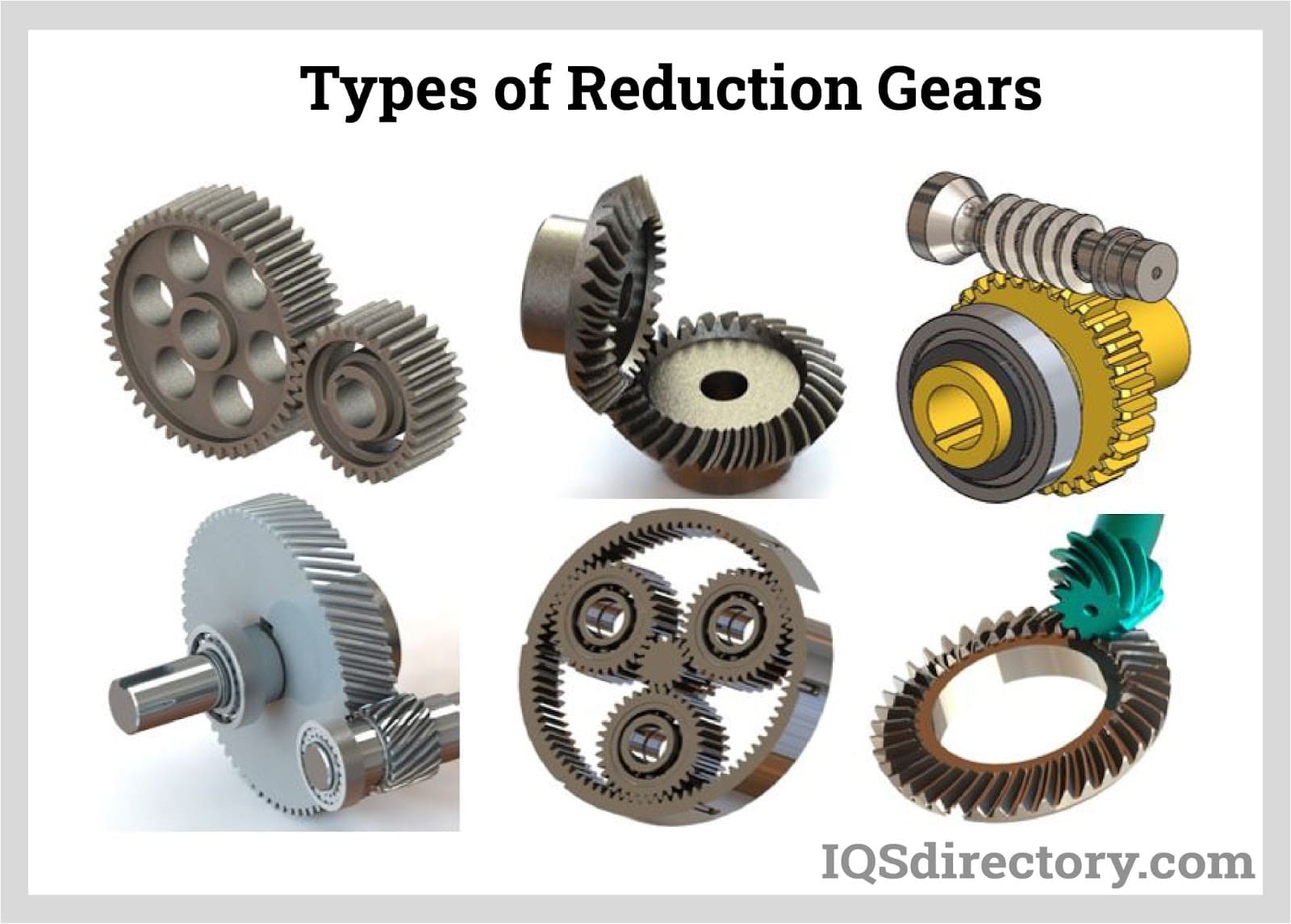
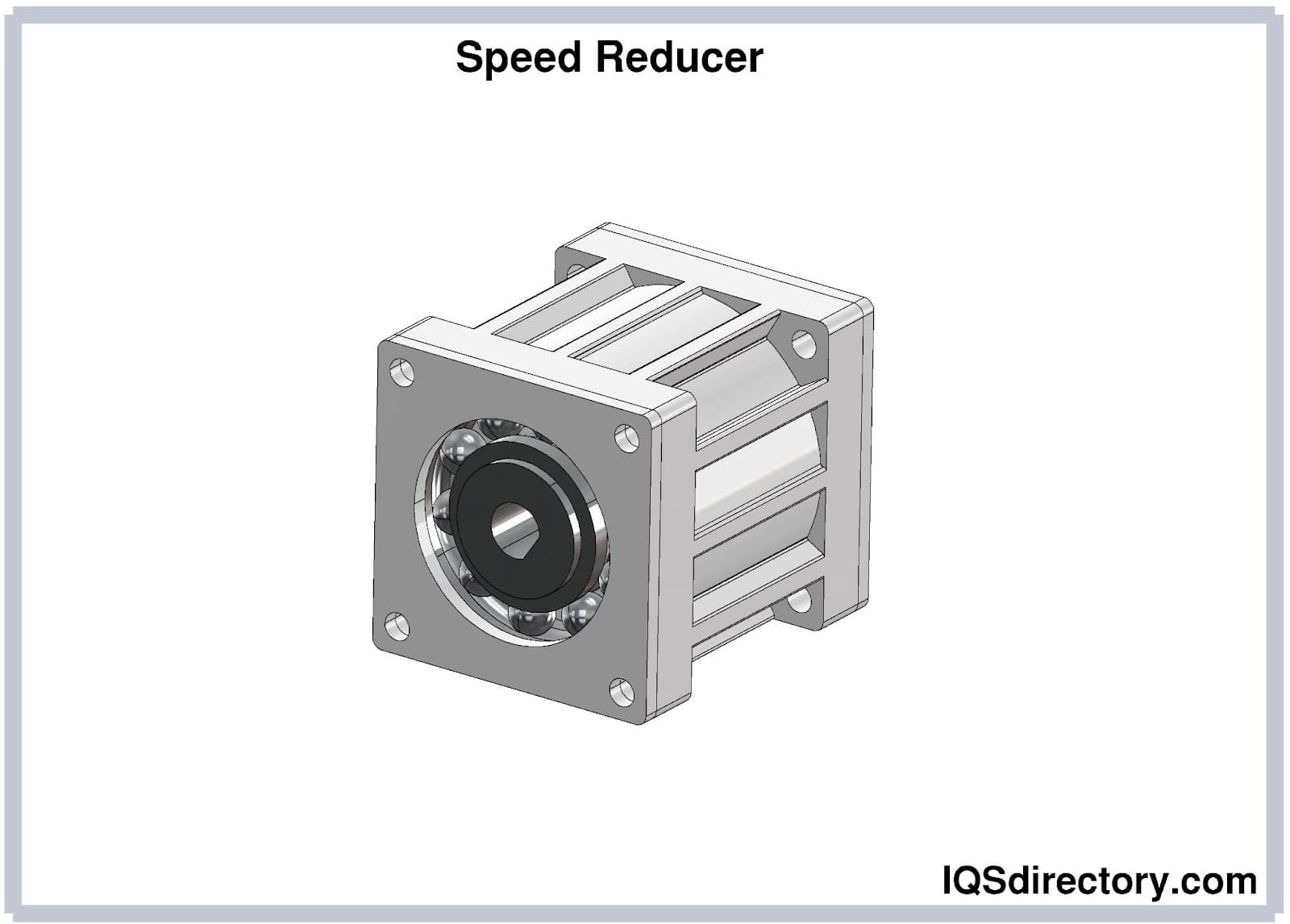
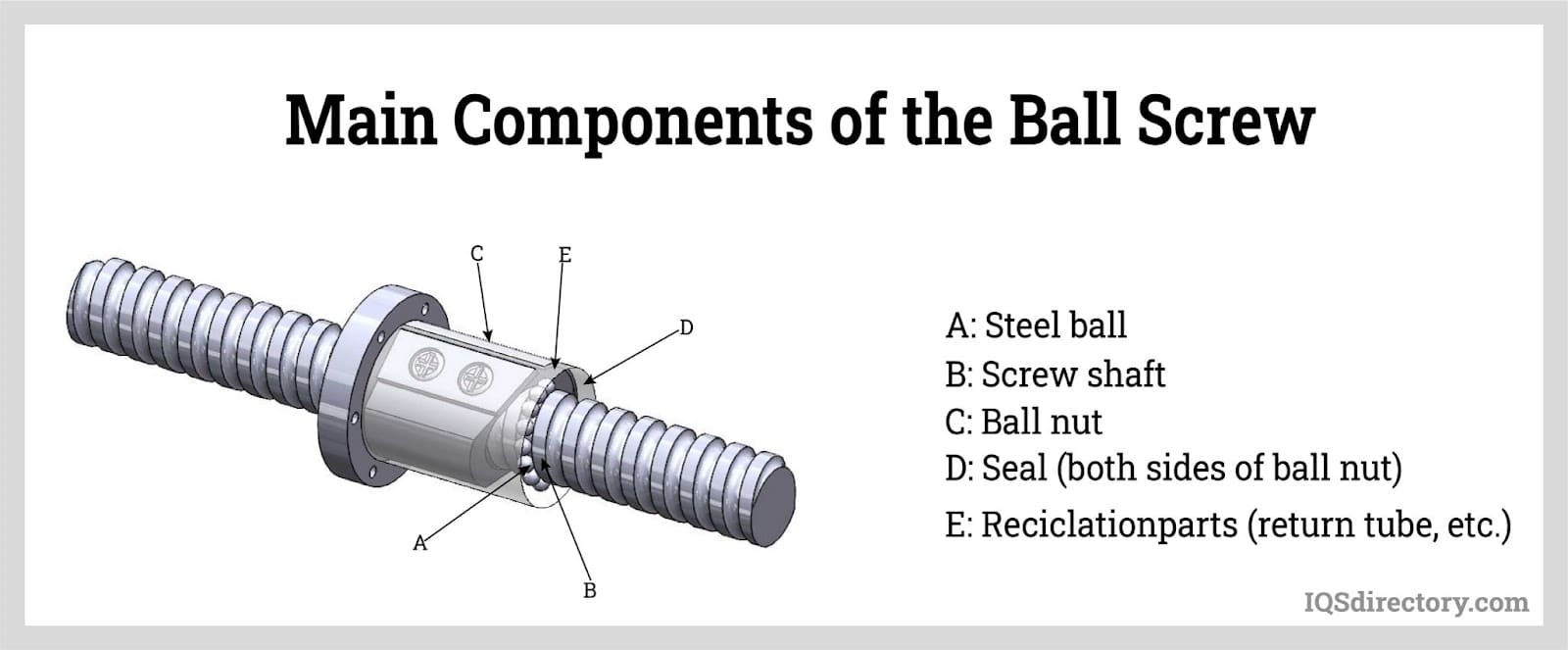

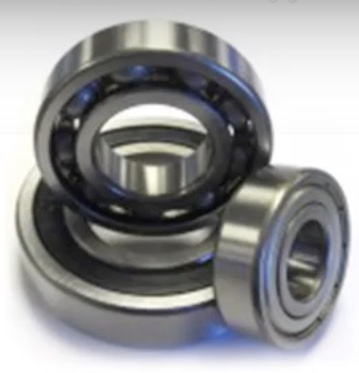 Ball Bearings
Ball Bearings Ball Screws
Ball Screws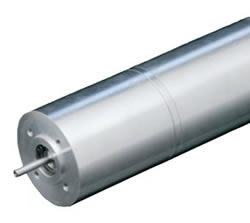 Electric Motors
Electric Motors Friction Materials
Friction Materials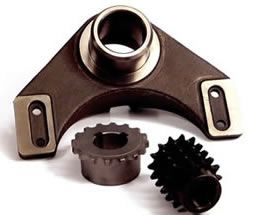 Gears
Gears Quick Release Couplings
Quick Release Couplings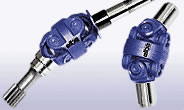 Shaft Couplings
Shaft Couplings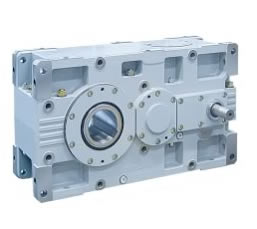 Speed Reducers
Speed Reducers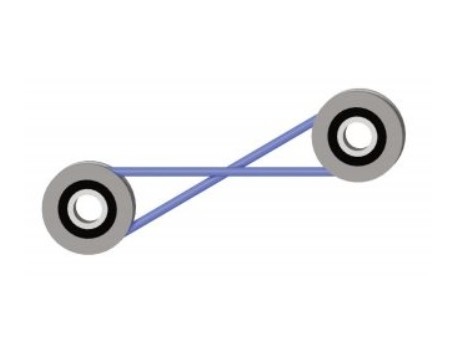 Timing Belting
Timing Belting Castings & Forgings
Castings & Forgings Bulk Material Handling
Bulk Material Handling Electrical & Electronic Components
Electrical & Electronic Components Flow Instrumentation
Flow Instrumentation Hardware
Hardware Material Handling Equipment
Material Handling Equipment Metal Cutting Services
Metal Cutting Services Metal Forming Services
Metal Forming Services Metal Suppliers
Metal Suppliers Motion Control Products
Motion Control Products Plant & Facility Equipment
Plant & Facility Equipment Plant & Facility Supplies
Plant & Facility Supplies Plastic Molding Processes
Plastic Molding Processes Pumps & Valves
Pumps & Valves Recycling Equipment
Recycling Equipment Rubber Products & Services
Rubber Products & Services